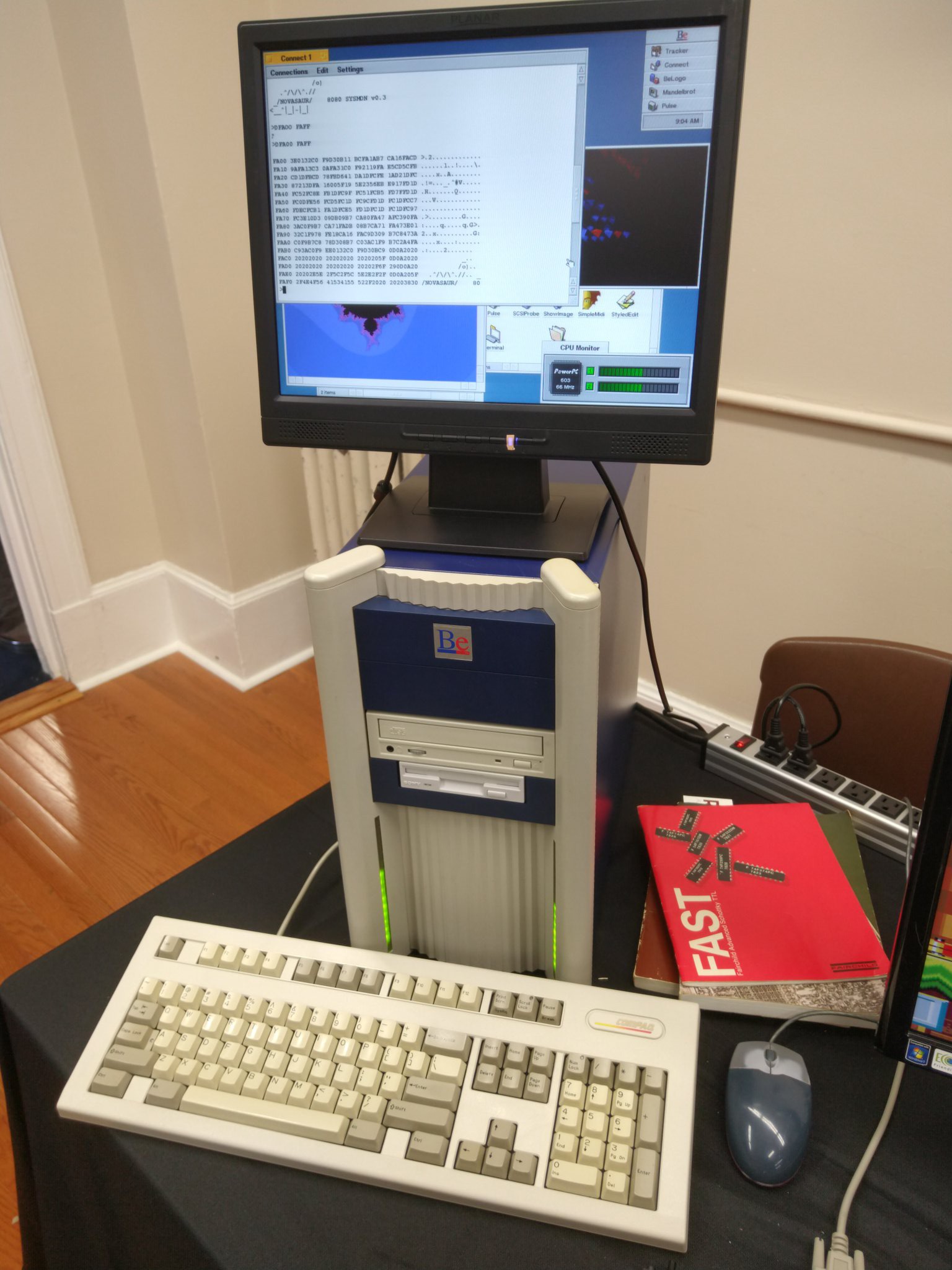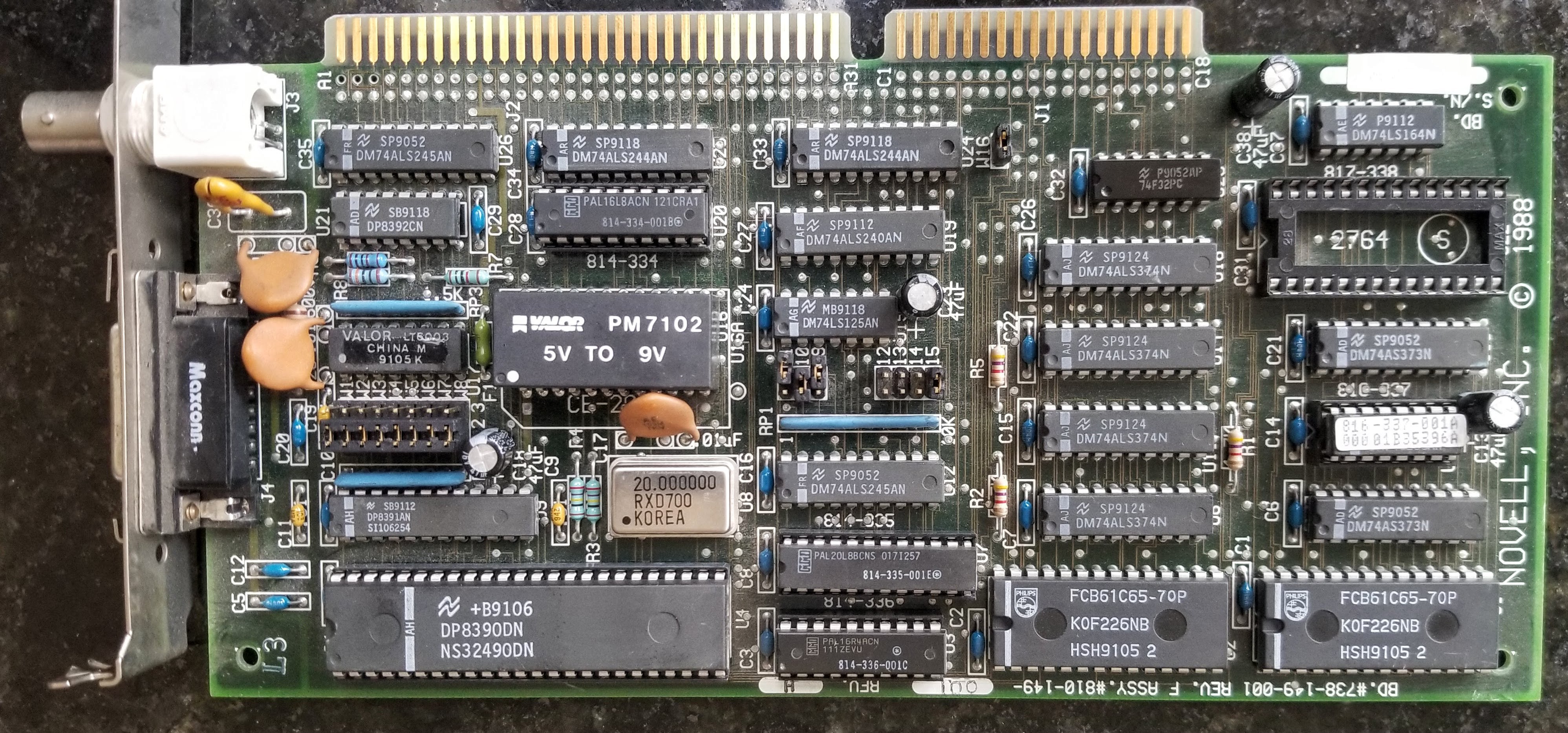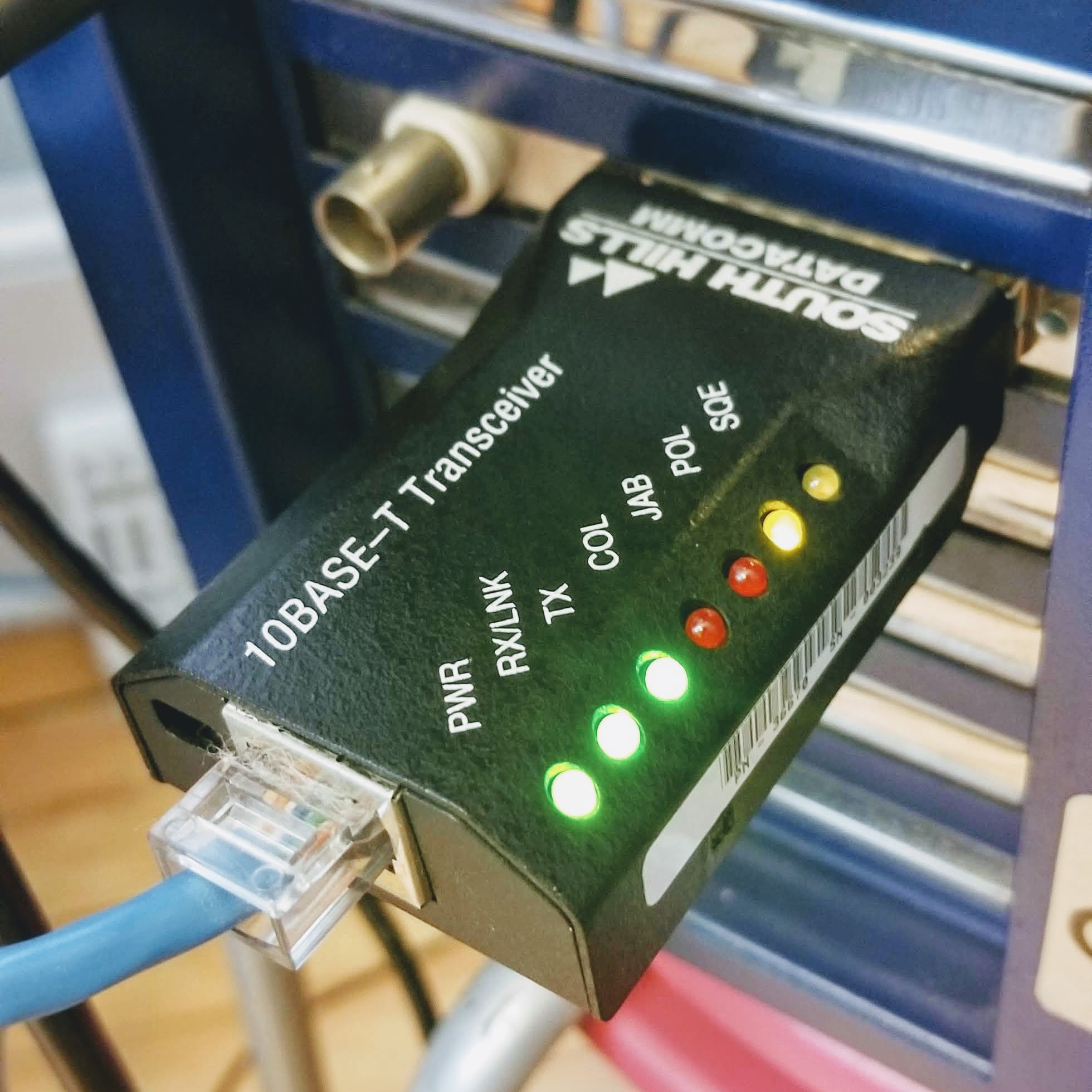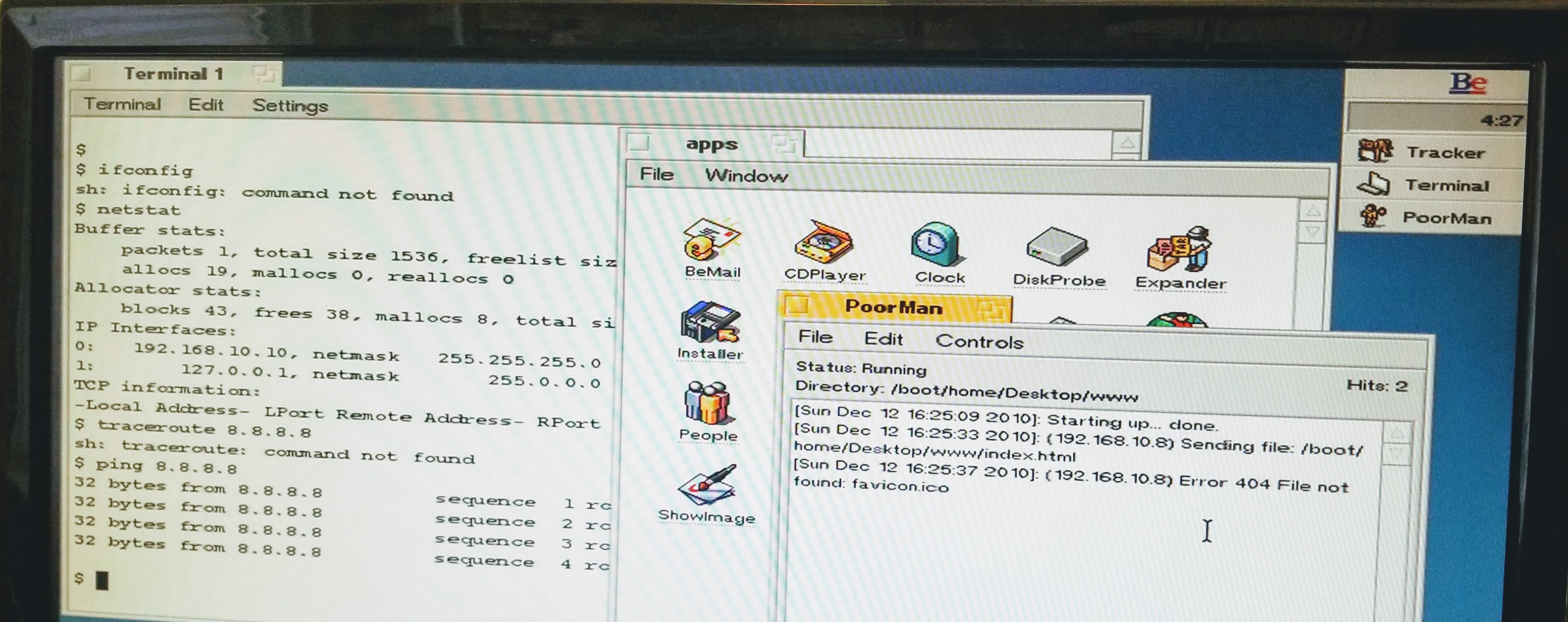Purchased back in September 1996 as a barebones dual-66MHz along with some other components, including an S3 Trio 64 graphics card, 500MB SCSI HDD, and 16MB of RAM.

The floppy drive and CDROM were recycled to other machines a long time ago. The HDD is still there with a copy of BeOS R3.1 installed in a bootable state.

Replacements and upgrades are planned with the following items from Ebay:
- 128MB of RAM (4x 8x32MB EDO NON-PARITY 60NS SIMM 72-PIN 5V)
- The original Novell NE2000 ethernet card (plus 10Base-T MAU)
- IDE-to-CF adapter with a 64GB compact flash card
- Toshiba XM-3601B 4x SCSI CDROM
- NEW! Sony MPF920 floppy drive
 Alastair Hewitt
Alastair Hewitt


